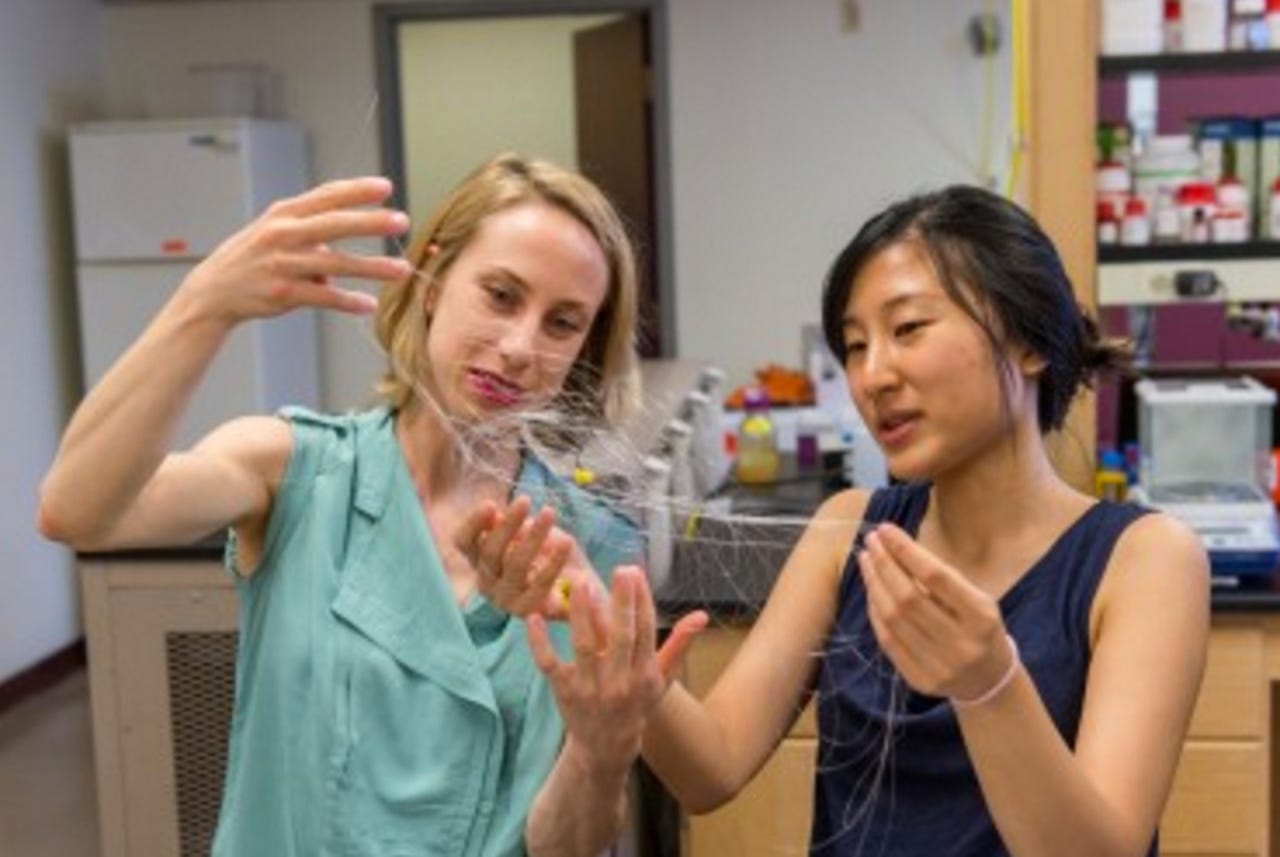Researchers awarded $16m to develop brain tech to reanimate paralyzed limbs


A research team from the Center for Sensorimotor Neural Engineering (CSNE) has been awarded a research grant of $16 million to create implantable chips able to reanimate paralyzed limbs.
Over the Christmas period, researchers from the CSNE, led by the University of Washington and including specialists from the Massachusetts Institute of Technology (MIT) and San Diego State University, revealed the award, which could spell hope for those who have lost the ability to control their limbs due to spinal cord injuries, strokes and other conditions.
In a press release, CSNE said the funding is from the National Science Foundation, which will give the group $16 million over the course of four years to "support research on implantable devices that promote brain plasticity and reanimate paralyzed limbs."
The technology being researched revolves around the concept of devices which record and decode electrical signals formed by the brain when a person decides upon an action -- such as walking or picking up an object, for example.
The devices will then wirelessly transmit this information to the correct limb, effectively circumventing channels in the brain which have been damaged through strokes, injuries, accidents and medical conditions.
"When Christopher Reeve sustained a spinal cord injury due to a fall from his horse, his brain circuits were still intact and able to form the intention to move, but unfortunately the injury prevented that intention from being conveyed to the spinal cord," CSNE director and UW professor of computer science and engineering Rajesh Rao said.
Featured
"Our implantable devices aim to bridge such lost connections by decoding brain signals and stimulating the appropriate part of the spinal cord to enable the person to move again," he continued.
Rao believes that implantable chips and embedded medical technologies are becoming a necessary factor with an aging population of baby boomers and could prove to be a boon especially for stroke and spinal cord injury patients undergoing rehabilitation.
However, speaking to the Seattle Times, Rao admitted that a major challenge is for the team to develop algorithms which correctly decipher brain signals and then deliver them to the correct part of the body -- to prevent commands to use the left arm moving the right instead, for example.
The director expects implants to be used in animal trials and potentially human tests within the next five years.
In the meantime, CSNE is also working on deep brain stimulators used to treat Parkinson's disease.